
Rolling out a new breed of Simply Food stores in the UK that feature ‘living’ roofs, and walls that are heated by waste, Munish Datta, head of Plan A and facilities management at Marks & Spencer, is nevertheless a realist.
His aim isn’t just to save Planet Earth, he concedes. It’s getting customers to spend more cash in M&S stores. And he’s convinced that the two ends can work together. So we asked him how.
You’ve just built this giant eco-store in Cheshire Oaks. But with the end of the supermarket space race won’t these consumerist cathedrals soon be a thing of the past?
No. In April we opened another 100,000 sq ft store in York and big new stores like that will play a role. They give us a great chance to introduce new ideas and retrofit them elsewhere. We have a very big estate and it’s vitally important that we trial stuff and evaluate it properly. We will do five big eco-stores by 2020. Most, if not all of them, will be outside the UK.
What are the key ideas you are trialling in the rest of your estate?
We have launched four Simply Food trial stores, which have 100% LED lighting, recycled waste heating and cooling systems, green ‘living walls’ and rainwater harvesting, among other things. The results are really brilliant. Some seven to eight months in, those stores are 30% more efficient against a target of 40% in a year, and I’m confident we will hit that and are looking to roll that out to other stores.
Snapshot
Age: 39
Status: Very happily married
Children: Yush, my boy of nearly six, my biggest motivation
Most inspiring environmental figure: Too many to choose from so I’ll pick three: (1) the ‘undiscovered’ tribes of the world who live in complete harmony with the natural world, giving back more than they take (2) Wangari Maathai - founded the Green Belt Movement NGO in my birthplace of Kenya, went on to plant 30 million trees (3) Muhammad Yunus - Bangladeshi social entrepreneur who created the concept of micro finance, transforming the lives of millions of people to become self-sustaining
Favourite food : Predictably honest… Thai food from the new M&S Taste range
Least green country visited: Every country I’ve had the good fortune to visit could be much more sustainable
Favourite eco-store (that’s not M&S): German retailer Rewe’s eco-store, opened in Berlin in 2009, was ahead of its time in terms of a truly holistic approach to sustainable shops Your Twitter ground rules: quality not quantity
Don’t most people just think of things like ‘green walls’ as a gimmick?
Plan A doesn’t allow us to do gimmicks. We actually have living roofs in about 10 shops. They can help biodiversity and they also provide solar shading, which provides natural insulation for our stores, which prevents heat escaping. But they are also very motivating for staff and customers.
You’ve recently launched a call to arms for external innovators to come up with new green ideas to trial in your existing stores. How will this work?
One thing we really wanted to measure was the impact of the changes we are making in store on the people who work there. It showed they are healthier, are absent less, are more productive, and - most important - the stores are more commercially successful. For consumers, on the other hand, it’s not environmental metrics we want to measure but the fact they like shopping in these stores more. When we did research in those four Simply Food stores we found they have a halo effect on the behaviour of people, both the people who shop there and the people who work there. Technology needs people to invest in it for it to work.We’ve now put out a call to academics and innovators and we will see what their ideas are and will test them in our stores. We said we will roll out these ideas in at least 25 shops within the next year. If we can prove that these result in better shopping experiences and attract more consumers, then that is a game changer for us and the industry.
What do you think the most important innovation has been so far in stores?
Lighting and in particular LED lighting. We’re retrofitting LED in 100 stores by the end of this year. We’ve already done about 55 and the energy savings and cost savings are enormous.
How much of a threat are rising energy costs for retailers?
We measure the net benefit of Plan A in pounds and the net benefit since 2006-7 is £465m. A third of that comes from property and a significant chunk comes from energy. If you look at the BRC predictions for rising energy costs in the next few years they are frightening and show just how vital it is for retailers to be making these sorts of innovations in stores.
Do shoppers really care about green issues any more, when the economy is so tough?
I think people are more aware of energy prices than ever before. It might be from a commercial front, not a carbon front, but there is a general awareness that wasn’t there years ago. Five years ago people would have said some of the stuff we are doing is greenwash. Now the science allows us to prove it’s not. Shops are being affected by things like floods. Look what happened in Somerset last year. If we want our shops to be fit for the future, ie not flooded out, we have to make these changes. We see climate change as a serious threat to our estate and are acting to do something about it.
How are you taking Plan A to other countries?
We’ve got 700 shops in the UK and 500 outside the UK currently. In 2018 more M&S shops will be outside the UK than in. It’s vital we don’t just have a narrow-minded view about Plan A. It’s part of our cultural challenge. For example, in India, a place we are looking at very closely, some consumers are even more critical of waste than in the UK. Imagine Cheshire Oaks in India. Close your eyes and dream. It would be a massive point of difference. A reason for people to go there.
You are a big user of Twitter. How important is social media in sustainability and can you think of good examples of how M&S or others are using it to drive change?
It’s had a profound impact. One of my favourite phrases [relating to social media] is ‘share-a-ship is the new leadership’. For example, with the Cheshire Oaks store, someone approached us wanting to do a Facebook and Twitter page for this project. We thought he was barmy but we said OK. This guy started putting up Facebook posts from behind the building site walls during the building work and before we knew it that page had 600-700 followers. It really reached out to people about what we were doing.Has the government got its act together on the green agenda? I think they have a really tough job. It would be very easy to sit back and be critical of government but I want to mix it up with them. Look what we’ve done with carrier bags. We started charging in 2007 and it’s taken a significant chunk of costs out of our businesses. Now most people have a reusable bag and that’s fantastic. Do we wait for the government to do it? We didn’t and I’m very proud of that.”
Do you walk the walk as well as talk the talk?
I live in Cambridge and I cycle to the station every day and back. When I take my little boy to school I take him on my bike in a trailer. But I don’t have a living wall.



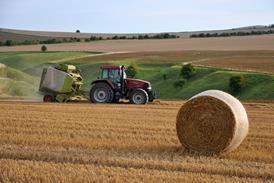



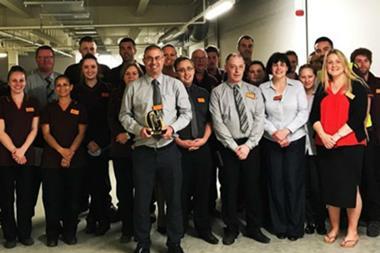
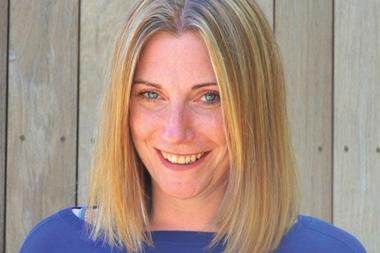
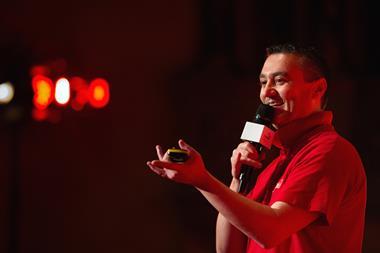
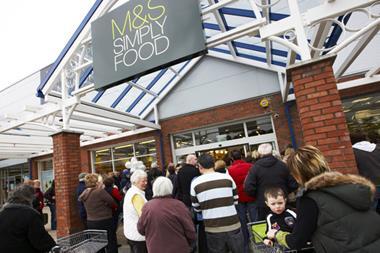
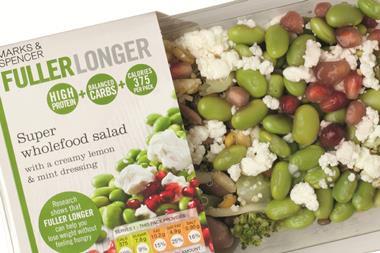

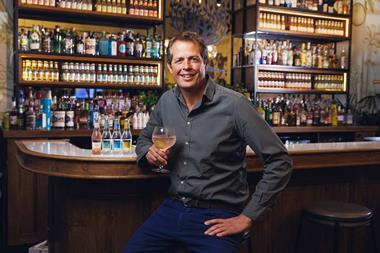
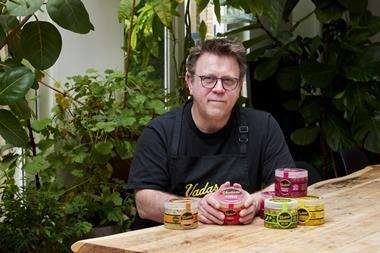
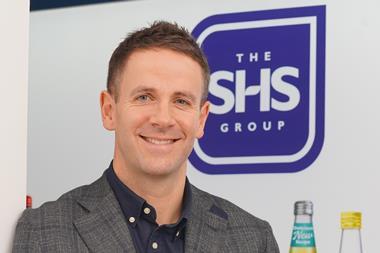
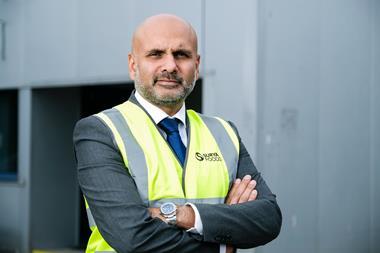

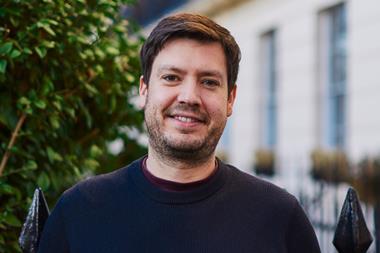
No comments yet